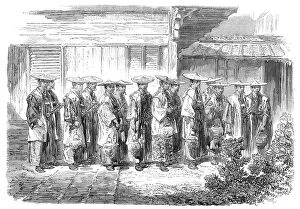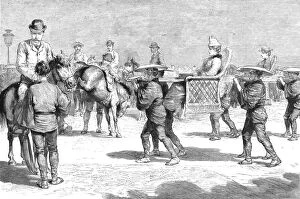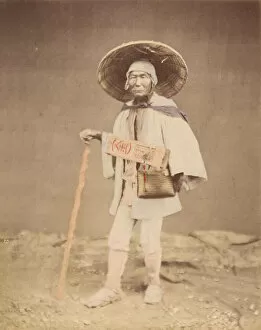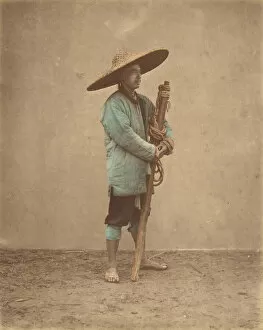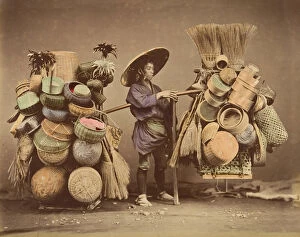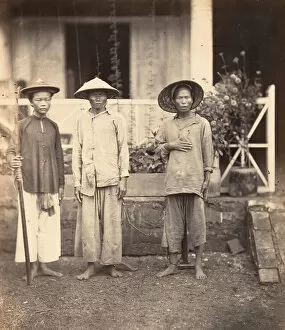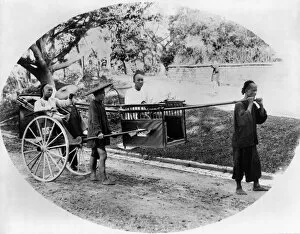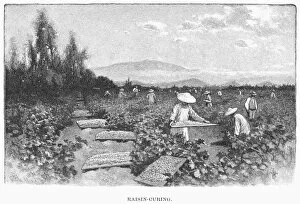Coolie Hat Collection
The coolie hat, also known as the conical hat or Asian straw hat, has a rich history that spans across various cultures and time periods
All Professionally Made to Order for Quick Shipping
The coolie hat, also known as the conical hat or Asian straw hat, has a rich history that spans across various cultures and time periods. Its origins can be traced back to ancient times in Asia, where it was commonly worn by workers in the fields. In Malaya during 1931, the coolie hat played an essential role in the plantation industry. As depicted in the British Empire Marketing Board Poster, it symbolized the laborers who worked tirelessly under the scorching sun to cultivate Malayan pineapples. These hats provided much-needed shade and protection from the elements. Traveling further back in time to Borneo in 1875, we see how even tribes like Badjows embraced this iconic headgear. The Dyaks of this tribe proudly wore their coolie hats as they went about their daily lives. A visit to Borneo during that era would have revealed a vibrant culture where these hats were not only functional but also served as a fashion statement. The coolie hat's influence extended beyond Southeast Asia into Japan during the late 19th century. In Kogyo Tsukioka's "Pictures of No Performances, " one can find an illustration of Tori-oi-bune wearing this distinctive headpiece. This artistic representation showcases how different regions adopted and adapted this practical accessory according to their unique styles. Moving on to China, we witness Chinese immigrants arriving in San Francisco donning these hats as they sought opportunities abroad. They became synonymous with Chinese laborers working diligently on projects such as trestle bridges on Sierra Nevada's western slope. Not limited solely to agricultural work or manual labor, these versatile hats found their way into various aspects of life throughout history. From street scenes captured by artists like Katsukawa Shuncho during Japan's Edo period to Hokusai's depiction of springtime rice fields bustling with activity - all featured individuals adorned with coolie hats.


